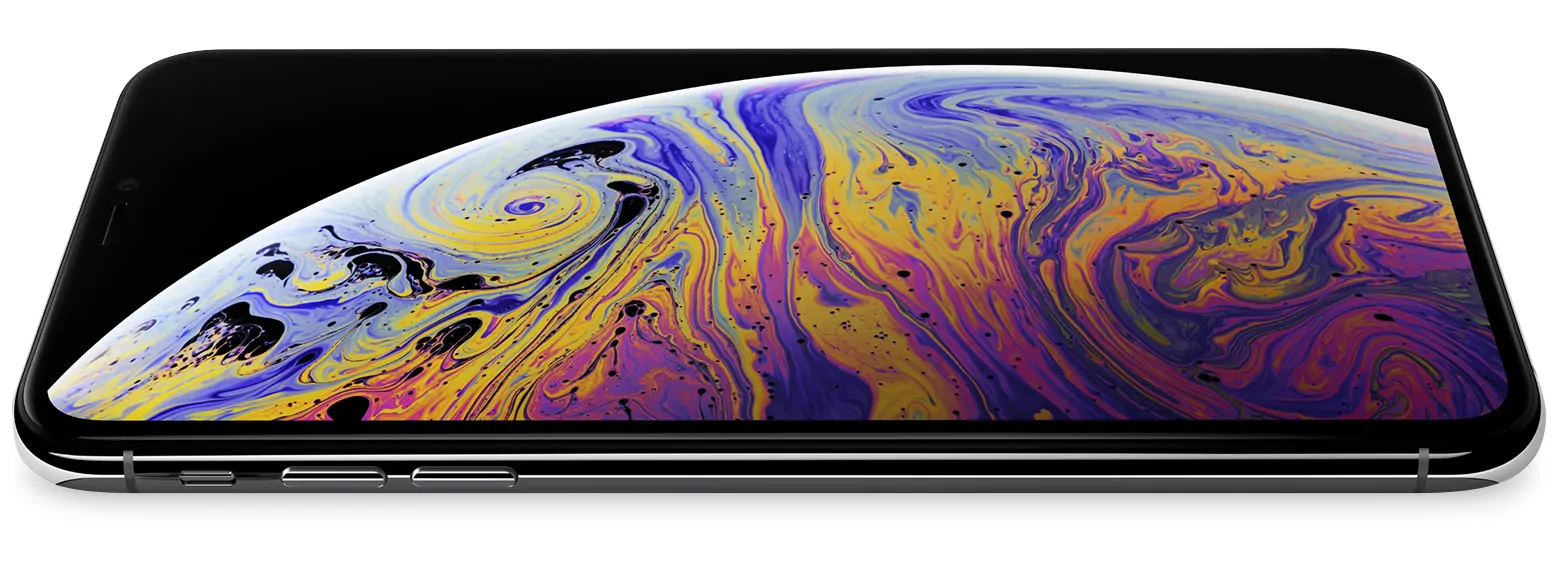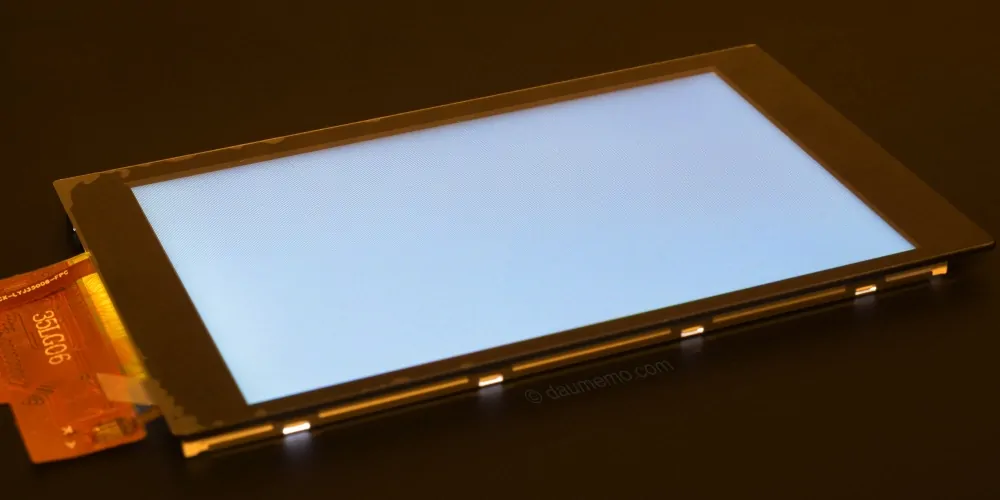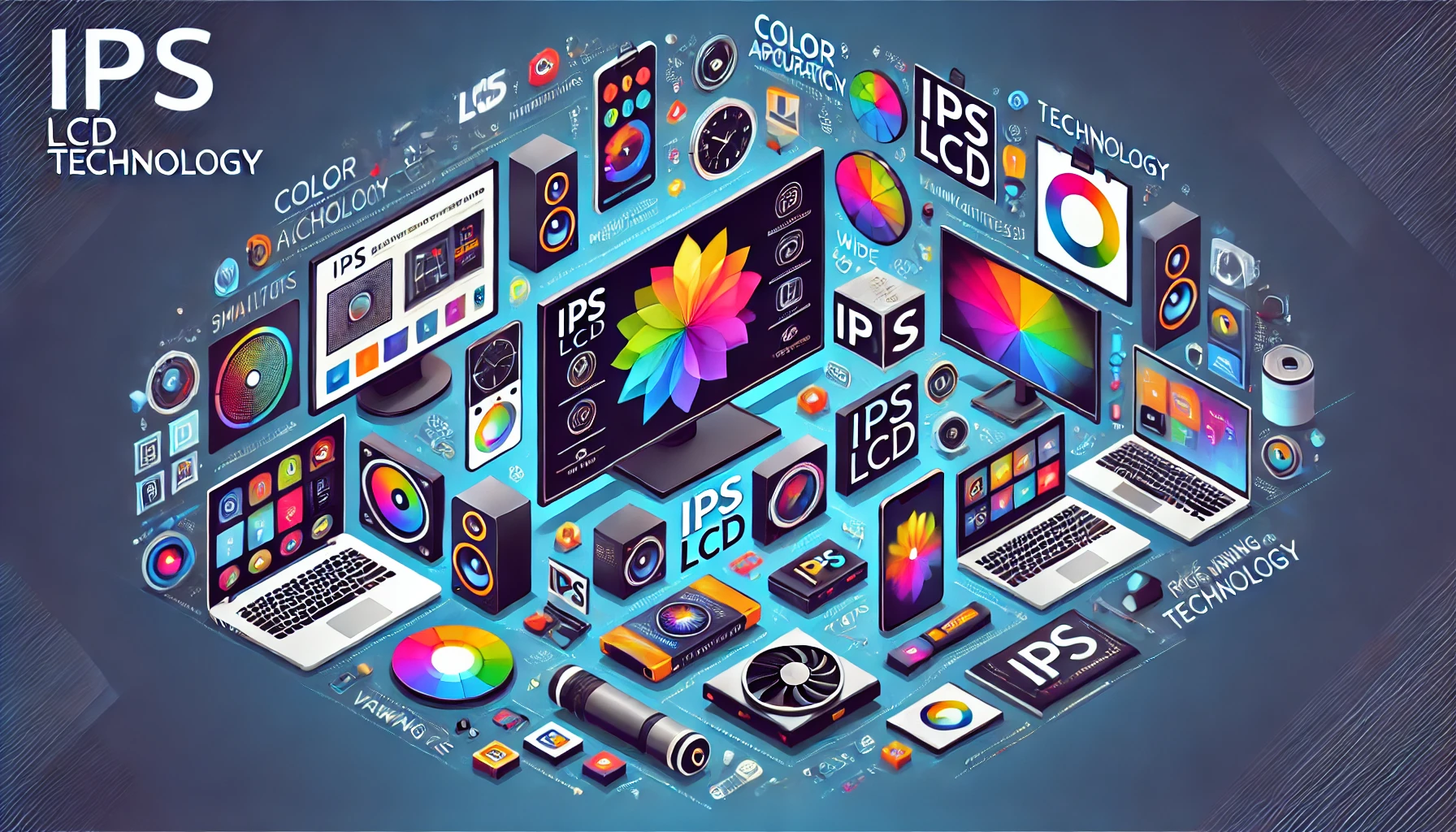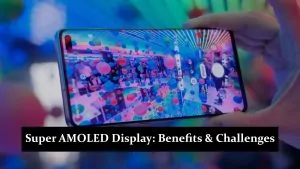IPS LCD, or In-Plane Switching LCD, is a type of display technology known for its superior colour accuracy and wide viewing angles. It is widely used in smartphones, computer monitors, and TVs because it offers better visual quality than older technologies like TN panels. IPS technology stands out for its ability to provide consistent colour reproduction, making it popular for gaming, design work, and media consumption. This blog will explore how IPS LCD works, its advantages over other displays, common uses, and potential drawbacks.
What is an IPS LCD?
An IPS LCD, or In-Plane Switching LCD, is a display technology that enhances the viewing experience by improving colour accuracy and offering wider viewing angles. IPS technology aligns liquid crystals parallelly, allowing light to pass through more uniformly than other LCD types. This design results in more accurate and consistent colours, no matter what angle you’re viewing the screen from.
Compared to TN (Twisted Nematic) displays, IPS LCDs stand out for their superior image quality, especially for tasks like photo editing or watching videos. While TN panels may offer faster response times, IPS displays are preferred for their rich colour reproduction and better viewing angles. The key difference lies in how the liquid crystals in an IPS display move horizontally rather than vertically, which enhances colour clarity and viewing experience.
How Does IPS LCD Work?
An IPS LCD panel uses a unique pixel arrangement that sets it apart from other display technologies. In an IPS display, the liquid crystals are aligned parallel to the screen rather than the perpendicular alignment used in older technologies like TN panels. This horizontal arrangement of the IPS LCD pixel arrangement allows the light to pass through more evenly, which helps maintain consistent colour and brightness across the screen, even when viewed from different angles.
The IPS LCD liquid crystals are crucial for better colour accuracy and wider viewing angles. By moving in a uniform horizontal direction, the crystals prevent distortion, which often occurs in other display types when viewed from the side. This feature makes IPS LCDs an ideal choice for tasks that require precise colour representation, such as graphic design, video editing, and watching movies, where clear and vibrant images are important from any angle.
Advantages of IPS LCD
- Superior colour reproduction: IPS displays provide more accurate and vibrant colours, making them perfect for professional work like graphic design and photo editing.
- Wide viewing angles: Unlike other panels, IPS displays maintain clarity and colour consistency even when viewed from extreme angles, ensuring a better viewing experience.
- Better contrast and black levels than TN panels: IPS screens offer deeper blacks and more detailed contrasts, providing a richer visual experience than TN displays.
- Durability and performance in various lighting conditions: IPS displays perform well in different lighting environments, from bright outdoor conditions to dimly lit rooms, without losing quality.
IPS LCD vs Other Display Technologies
| Feature | IPS LCD | OLED | AMOLED | TN (Twisted Nematic) LCD |
| Picture Quality | Excellent colour accuracy, wide angles | Rich colours, true blacks, superior contrast | Brighter, deeper blacks, higher contrast | Limited colour accuracy, narrower angles |
| Power Consumption | Higher power consumption due to backlighting | Lower power usage as individual pixels emit light | Lower power consumption than IPS, especially for dark images | Lower than IPS but less efficient than OLED |
| Lifespan | Long-lasting, durable in various lighting conditions | Shorter lifespan due to organic materials degrading | Similar to OLED but slightly more durable | Long lifespan but lower picture quality |
| Black Levels | Good, but backlight affects deep blacks | Perfect black levels due to no backlight | Perfect black levels, excellent contrast | Poor black levels, as backlight bleeds into dark areas |
| Brightness | Bright, good for outdoor visibility | Less bright but still clear | Very bright, more suitable for outdoor use | Moderate brightness, not ideal for outdoor use |
| Viewing Angles | Excellent, consistent across angles | Great, consistent at wide angles | Excellent, with minimal colour distortion | Limited viewing angles with colour shift |
Applications of IPS LCD
- Smartphones: Many high-end IPS LCDs in smartphones offer vibrant colours and wide viewing angles, making them ideal for media consumption and daily use.
- Monitors: IPS displays are widely used in monitors for tasks requiring high colour accuracies, such as graphic design, video editing, and photography. IPS screen for professional use ensures consistent colour reproduction across all angles.
- Televisions: IPS displays in TVs provide an excellent viewing experience, with vivid colours and wide angles, making them perfect for family viewing in various room setups.
- Gaming: IPS display for gaming is popular due to its superior image quality and wide viewing angles, though it may have slightly slower response times than TN panels.
- Laptops: Many professional laptops use IPS screens, which ensure accurate colours for creative work. The wide viewing angles also make them more comfortable for extended use.
Conclusion
IPS LCD offers excellent colour accuracy, wide viewing angles, and strong performance across various lighting conditions, making it ideal for gaming, professional work, and media consumption. While it may consume more power and have slower response times compared to some alternatives, its benefits far outweigh the drawbacks for most users. This technology remains popular in the display industry due to its consistent visual quality and versatility. If you’re looking for a display that provides vibrant colours and clear viewing from any angle, IPS LCD is a reliable option for your next purchase.
FAQs
Is IPS LCD better than OLED?
IPS LCD and OLED each have their strengths. IPS LCD offers better colour accuracy and wider viewing angles, while OLED provides deeper blacks and higher contrast. If you prioritise long-lasting durability and consistent colours, IPS LCD is a great choice, while OLED excels in contrast and power efficiency.
Does the IPS LCD consume more power?
Yes, IPS LCD consumes more power than OLED because it uses a backlight to illuminate the screen. OLED, on the other hand, controls each pixel individually, which helps reduce power consumption, especially when displaying darker images.
Why is IPS good for gaming?
IPS displays are good for gaming because they offer superior colour accuracy and wide viewing angles, ensuring that visuals remain sharp and consistent from different angles. While IPS may have slightly slower response times than TN panels, its image quality makes it a preferred choice for gamers who value immersive graphics.






